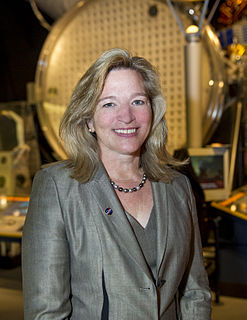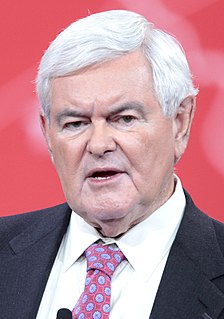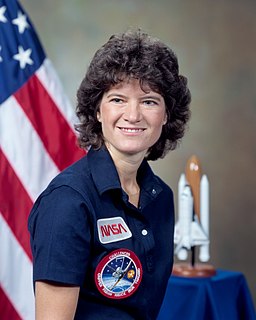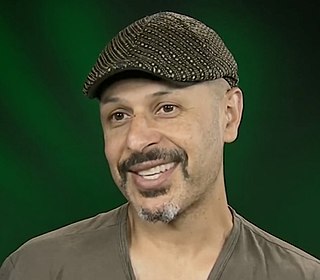A Quote by Alan Stern
When I started working with NASA in 1989 as part of a mission to send spacecraft to Pluto, I knew it would take at least 10-15 years to see results of my efforts.
Related Quotes
I knew Pluto was popular among elementary schoolkids, but I had no idea they would mobilize into a 'Save Pluto' campaign. I now have a drawer full of hate letters from hundreds of elementary schoolchildren (with supportive cover letters from their science teachers) pleading with me to reverse my stance on Pluto. The file includes a photograph of the entire third grade of a school posing on their front steps and holding up a banner proclaiming, 'Dr. Tyson - Pluto is a Planet!'
A multidisciplinary study group ... estimated that it would be 1980 before developments in artificial intelligence make it possible for machines alone to do much thinking or problem solving of military significance. That would leave, say, five years to develop man-computer symbiosis and 15 years to use it. The 15 may be 10 or 500, but those years should be intellectually the most creative and exciting in the history of mankind.


































